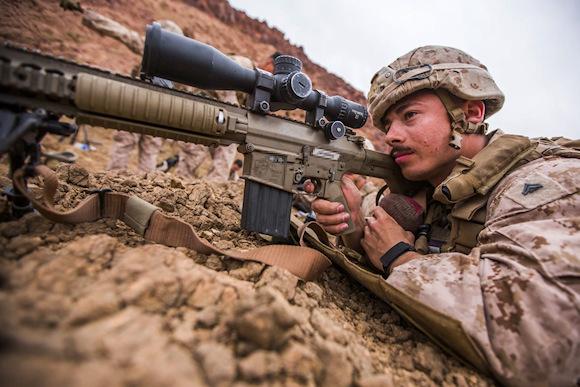Every shooter has his own reference caliber. As the song said, very often it is a pure and simple "question of feeling": something that is a little difficult to explain. It's just like that.
However, it is the type of missions one is called upon to carry out which should determine the choice of a certain weapon, and its relative caliber, given the scenario that, supposedly, we expect to find. I underlined "presumably", because this is the "normal" condition, i.e. of relative uncertainty, which is the ever-present unwritten rule of operational missions.
"I would like the most precise weapon (at any distance), the most reliable (in all conditions), with the largest magazine, the lightest possible and, obviously, the most powerful there is". I forgot: "And that it can also fire in bursts when necessary".
How can you blame a soldier who shows up at the armory with this logical request, which has always been the same since the first arquebuses were created.
But does such a weapon exist? And, if it exists, what ammunition inspired its development? Because, more than anything, it is precisely "the ammunition", the engineering that will determine its ballistic characteristics that, ultimately, will allow us to respond in the best possible way to the various and possible mission scenarios that soldiers will have to face .
Therefore, considering the planned ammunition, the chemistry, mechanics, geometry, aerodynamics and, last but not least, also what concerns the fastest and simplest industrialization possible, must be studied before starting the development of an weapon like the one "dreamed of" by soldiers of every army.
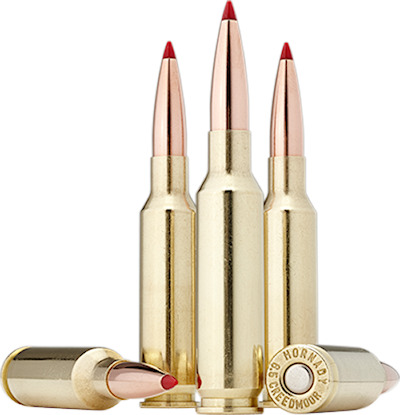
This would also be something to worry DARPA about. Yet, the command special operations of the US military (SOCOM), responded, choosing the cartridge 6.5 Creedmoor (6.5x48) as a technical, ballistic and operational reference for this new semi-automatic carbine, to be entrusted (for the moment) to the "marksmen" of the special forces and the Recon Marines, defined Mid-Range Gas Gun (MRGG).
The operational experiences of recent years (and not only those of the US armed forces I would like to add) have given rise to the requirement for ONE semi-automatic carbine for long-distance shooting support, which due to weight, dimensions, ergonomics, reliability, capacity, had to be basically comparable with an M16A2, though with a useful operational range of 1000/1200 metres, which replaces the various versions of the bolt action M40, some AR10 semi-automatics, both in cal. 7.62x51, and Colt M4s in cal. 5.56x45 which, all together, today represent the standard equipment of the "marksmen" of the Marines, Light Infantry and US SF units.
It should be remembered that the platoons and sections of the NATO and US armed forces (and not only them), for about 60 years have been dealing in various operational scenarios with what can be defined as "expert", if not also "skilled" shooters, equipped in the vast majority of cases of the SVD carbine Dragunov, a precision semi-automatic rifle in cal. 7.62x54R which, in the "right" (or wrong) hands, represents a considerable danger for our light infantry. We will have the opportunity to describe this weapon system in detail, at another time...
At the time: but who is the "marksman", and what does he do?
"Marksman: soldier particularly trained in medium/long range precision shooting, equipped with a specially designed rifle, more commonly known as Squad Designated Marksman in the US Army or Squad Advanced Marksman in the United States Marine Corps. Some military doctrines provide for the use of the marksman together with the infantry squad. If he takes on this role, which is the norm in NATO armies, the specialist in question provides fire support at distances much greater than those normally engaged by other soldiers, thus extending the range of action of the team itself. For this purpose, he is equipped with a more sophisticated rifle than the standard one, often of a larger caliber, equipped with aiming optics and a bipod for supported shooting".
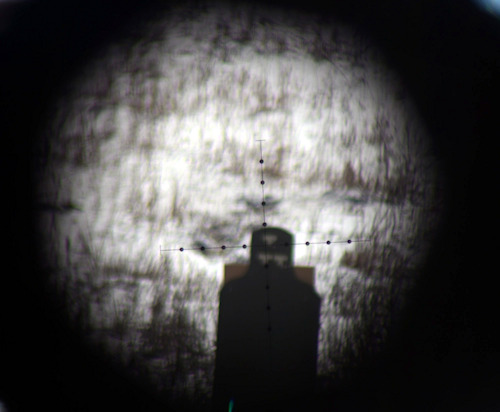
So, we are talking about all light infantry units, starting from the platoon, which should include a "marksman" specialist. And this not by convention or doctrine, but by simple tactical logic.
Let's go back to the 6.5 Creedmoor ammunition. I believe this was the inspiration behind the reasoning that the Hornady technicians made when in 2007 they created the 6.5x48 caliber: 7.62x51 + 5.56x45 : 2 = 6.59x48 (6.5).
In long-distance shooting (up to 1200 meters), 6.5 mm caliber bullets are among the most used in the history of modern rifles, with one of the widest panoply of weights and types available. Compared to 7.62 mm they recoil in a less "energetic" way, given the lower weight, therefore offering the shooter better management in "opportunity" and/or "instinctive" shooting. Furthermore, from 600 meters onwards, by choosing cartridges weighing from 139 to 150 grains, they guarantee a terminal energy comparable to the 7.62x51 with a 168/175 grain HPBT SMK bullet, which are the reference for NATO snipers and beyond.
In this context, Hornady's sporting experiences in the Precision Rifle Series (PRS) competitions were also very useful, where in addition to precision shooting at distances up to 700 meters, dynamic activities similar to tactical movements in the field are performed (www.precisionrifleseries.com).
The weights of the ammunition considered here obviously depend on the rifling pitch and the locking system (semi-automatic and/or bolt action) and take into account bullet weights from 147 to 175 grains for the 7.62x51, from 55 to 78 grains for the 5.56x45, and from 120 to 150 grains for the 6.5x48 Creedmoor, FMJ and HPBT types (there are obviously others weights and types but, for the moment, they will not be taken into consideration here, although very effective).
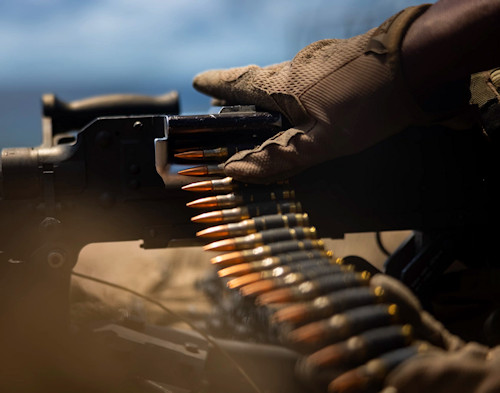
By consistently evaluating the various cartridges, compared to the 7.62x51 the 6.5 Creedmoor, on average, has a 50% longer operational range (1000/1200 versus 700/800 metres), is 30% more precise at 7/800 metres, weighs on average around 20% less, is less influenced by the wind, guarantees much more taut trajectories, given by a speed at the mouth close to 900 meters per second, compared to approximately 800 m/s of the 7.62x51 (with almost the same terminal energy at 800 meters).
From a logistical point of view, the 6.5 Creedmoor caliber, using (almost) the same case and primer as the 7.62x51, is compatible with the same magazines (overall cartridge length: 71.8mm compared to 71.1mm).
The comparison with the 5.56x45 caliber is relatively "unfair", as this cartridge was designed to favor weight, and therefore the greatest possible quantity of ammunition carried, and the speed of the bullet, given the "jungle and bush" context (therefore foliage and branches) in which it was used, with engagement distances often measurable no more than a few tens of metres.
Ballistics sees the 6.5x48 Creedmoor superior in substantially every context, offering a significantly wider operating margin (also worth highlighting is the marked increase in the "stopping power", considered a fairly significant limit of the 5.56x45), with the sole exception, as mentioned, in the capacity of the magazines (20 cartridges against 30), in the face of an increase in the weight of the ammunition relatively contained.
Furthermore, if an objection is given by the range beyond one kilometer of the 6.5 Creedmoor, useless (if not dangerous) for example in an "urban center" engagement, it should be remembered that the muzzle velocity of these two ammunition is almost identical (900 m/s). This means that although the 5.56x45 definitely loses precision beyond 4/500 meters, it will still remain lethal well beyond this distance.
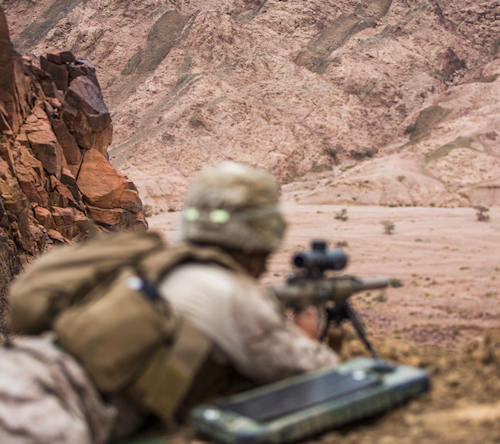
Among the positive characteristics of the 5.56×45 there is certainly the poor detection, even in burst shooting. Newly developed recoil compensators and correct mass balance can also greatly attenuate the recoil of the 6.5 Creedmoor, which is not that violent in itself.
Let's go back to the desires of the Marksmen, and not only them, mentioned at the beginning. It seems to me that SOCOM's response is absolutely reasonable: ONE semi-automatic weapon, therefore multipurpose, ONE caliber, with the widest possible operation.
The 6.5x48 Creedmoor is currently the most logical (and immediately available) operational choice for calibrating tactical team support weapons, which should already be part of the standard equipment of Infantry units, including our Army, something which is also doctrinally foreseen within NATO .
I don't know if the 6.5 Creedmoor will mark the end of the 7.62x51 and the 5.56x45: frankly I don't think so, for a whole series of reasons. But if I were a producer of small arms, or a military acquirer, I would certainly keep this very well in mind that, more than an option, it seems to be a solution.
I hope that the next tactical weapon systems (semi-automatic carbines) for infantry are already foreseen in this variant from the outset, also possibly as a recalibration option for weapons already ordered or already present in our armories.
Always admitted, and not granted, that all insiders know who he is and what he does marksman.
Photo: US Marine Corps / Hornady / US Air Force

